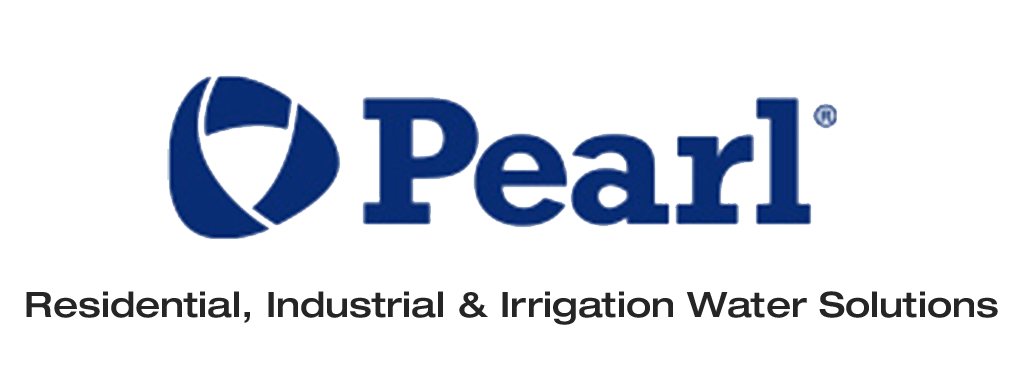Water pumps come in many shapes and sizes, and each one offers different features that work for specific applications. When it’s time to select a water pump that can meet your needs and expectations, there are plenty of factors to keep in mind. Continue reading to learn how to select a water pump.

How Do You Calculate Water Pump Flow?
A water pump’s flow – or flow rate – is the volume of water (or fluid) that the pump can deliver in a specific amount of time. If the goal is to fill a tank, you can calculate this value by dividing the size of the tank or container that must be filled, by the time it takes to fill it.
In the case of irrigation systems or domestic pressure systems, you must know the flow rate of each faucet, sprinkler, or pressure washer in the system. This information should be available in the technical brochure of the aforementioned devices. The total flow rate will be the sum of all the flow rates in the irrigation system.
How Do You Calculate Pump Pressure?
To calculate the water pump’s pressure, you must know the suction height (Hs) and the discharge height (Hd). The suction height is the vertical distance between the pump’s inlet and the water level of the reservoir. On the other hand, the discharge height is the vertical distance between the water pump’s outlet and the place where the liquid needs to be delivered. Both values are expressed in meters or feet.
Another element to keep in mind when calculating a water pump’s pressure is the operating pressure (pw), which is the required force for a liquid to operate a device such as a sprinkler or a faucet. This information should be displayed on the device’s technical brochure.
The water pump’s pressure will be the sum of these three values (Hs, Hd, and pw). A safety margin of 10 -20% should be added to the result.

What is the Water Source for a Water Pump?
The water source is the body of water or reservoir from which the pump will take liquid. It can be a river, a tank, a well a cistern, or a pipe.
What Types of Fluid Do Water Pump’s Move?
We already know that pumps move water (clean and dirty); however, they can also work with other types of fluids, such as milk, juice, fuel, etc. The type of fluid will be a determining factor when it comes to choosing a pump.
What is the Available Power Source?
The available power source is one of the most important factors to keep in mind when picking a water pump. It is the type of electrical energy available in the place where the pump will be installed. This measurement is expressed in volts (V). It is essential to know whether the available voltage in the place of installation is single-phase (110 V/220 V) or three-phase (220V /380V/ 440V/480V). The voltage of the pump’s motor must coincide with the voltage in the place of installation.
Other Factors to Consider When Purchasing a Water Pump
These are all of the factors you will need to know when buying a water pump. Next, we will discuss some details that are not determining factors, but are still worth considering before purchasing your water system.
What is the Power Requirement?
The power requirement of a water pump is the force that the motor is able to give so that the pump can reach its objective. It is expressed in horsepower (HP) or kilowatts (Kw). It is wrong to choose a pump using power as the sole factor, because two pumps with the same power can have different pressures and flow rates.
What is the Amperage?

The amperage is the flow of electric current that can feed the water pump’s motor and it is expressed in amperes. This will determine the amount of energy that the pump will consume. It is important to know the pump’s amperage and to make sure that the place of installation will be able to handle this amperage.
What are the Inlet and Outlet Diameters of the Water Pump?
The inlet and outlet diameters of a water pump are measured in millimeters or, most commonly, in inches. These measurements should not be mistaken for the diameter of the pipe. The former is an intrinsic part of the pump’s design, while the latter will vary depending on installation conditions. The diameter of the pipe must adapt to the inlet and outlet diameters of the pump; it also has to adapt to the pump’s flow rate.
By answering these questions, you should have all the necessary information to make the right decision and get the water pump that best suits your needs. If you want to learn more about PEARL Water Pumps, feel free to browse through our wide range of products, including submersible pumps, centrifugal pumps, pressure systems, and much more.

